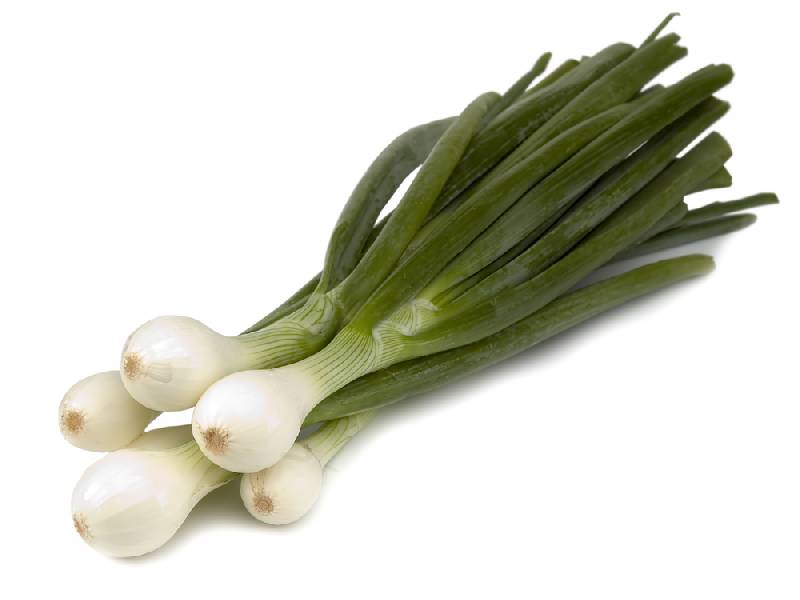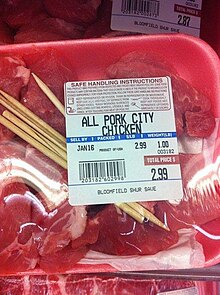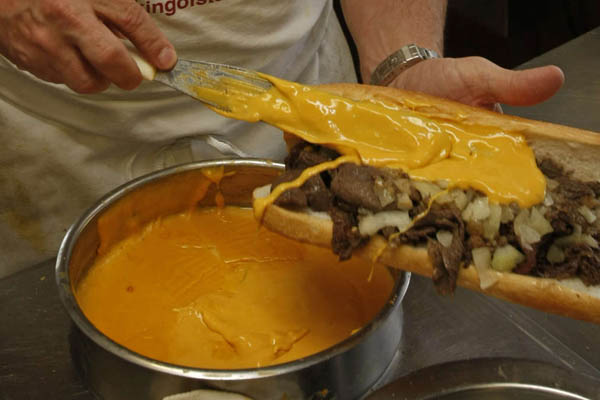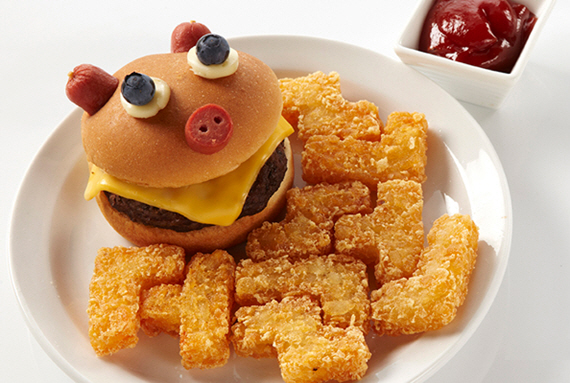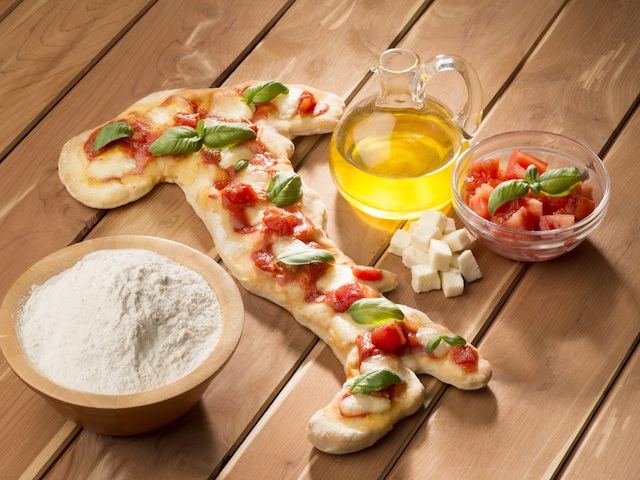
Yesterday I reprinted 10 questions from Epicurious.com's quiz of Italian cuisine. Here are the answers:
1:C) Tuscany. Made without salt, the relatively bland bread that traditionally accompanies meals in Tuscany balances out the region's otherwise highly seasoned food.
2:A) Tomatoes, mozzarella, and basil. As the story goes, Esposito named it in honor of the then queen consort of Italy, using only those three ingredients to represent the colors of the Italian flag.

3:B) Calabria. Ever heard of Calabrian chiles? Calabrian sweets also tend to feature honey, another hallmark of that Arabian influence.
4:D) Nero. But let's be honest, all those guys probably loved it.
5:B) Emilia-Romagna. Bordering the Adriatic Sea on Italy's east coast, this region stretches almost the entire width of the country. Among its many exports are ragu bolognese, prosciutto di Parma, Parmigiano-Reggiano, balsamic vinegar, Sangiovese, and Lambrusco.

6:A) Saving a village woman's baby from the mouth of a hungry wolf. Apparently, after the woman prayed, the wolf set that baby down as if he has just realized that he'd had enough protein that day.
7:B) An African explorer's journal. Muhammad al-Idrist, a globe-trotting geographer, includes a survey of Sicily in his Tabula Rogerina--written at least 100 years before Marco Polo supposedly learned about noodles from the Chinese--in which he describes long strands of dough (i.e. pasta noodles) being made from hard wheat.

8:C) Polenta. Before European conquerors brought corn back from the New World, a porridge similar to polenta made with farro, millet, buckwheat, spelt or even chickpeas was served throughout Northern Italy.
9: D) Puglia. The "Heel of Italy" has the least mountainous terrain and produces at least 40% of all the olive oil in Italy.
10:D) Although the correct phrasing would be spaghetti alla marinara, you're still not likely to find the dish on any Italian menu. Pizza alla marinara, however, is a basic style of pizza found on many street corners in Italy. Topped with a sauce made with tomatoes, garlic, oregano, and olive oil, this pizza is likely the origin of the signature Italian-American tomato sauce's name. Want pasta with tomato sauce? Ask for pasta al pomodoro instead.










